NAIAS 2015: Hyundai Santa Cruz Crossover Truck Concept Unveiled
Hyundai is aiming hard for the Millennial market with their trucklet, the Santa Cruz Crossover Truck Concept.
Power for this proposed four-door five-passenger “urban adventure” concept comes from a 2-liter turbodiesel producing 190 horsepower, 300 lb-ft of torque, and a fuel efficiency figure north of 30 mpg. The Santa Cruz’s HTRAC AWD system puts the power to the ground, though the transmission used to direct said power wasn’t mentioned.
Other features include: expandable bed; integrated tonneau cover; Brembo brake calipers; LED fog lamps; lens-free honeycomb headlamp projectors; tie-down cleats on the roof, wheel arches and bed rails; and a footprint comparable to a small crossover.
Hyundai states that the concept isn’t aimed at traditional truck buyers, instead choosing to pursue crossover and sedan buyers looking for a vehicle that’s truck-like, but better suited to city life. No word on whether or not the automaker will make the Santa Cruz a reality, however.
Seattle-based writer, blogger, and photographer for many a publication. Born in Louisville. Raised in Kansas. Where I lay my head is home.
More by Cameron Aubernon
Latest Car Reviews
Read moreLatest Product Reviews
Read moreRecent Comments
- SCE to AUX Norway is in Europe, and Tesla is an American automaker - no problems there.I wouldn't use Ford as the bellwether.https://www.reuters.com/business/autos-transportation/tesla-extends-lead-norway-evs-take-record-82-market-share-2024-01-02/https://elbil.no/english/norwegian-ev-policy/
- Steve Biro If the U.S. government wants to talk about banning all connected cars - or at least the collection and sharing of information from said vehicles - I’m all ears. Otherwise, don’t waste my time.
- Ajla Both parties are in favor of banning Chinese vehicles so I don't see how it won't happen in the next year.
- Add Lightness I don't waste a lot of time watching nothing much happening by watching the YouTube 6 minute highlights.
- MrIcky from my rental fleet experience, id rather drive one of these than a camry.








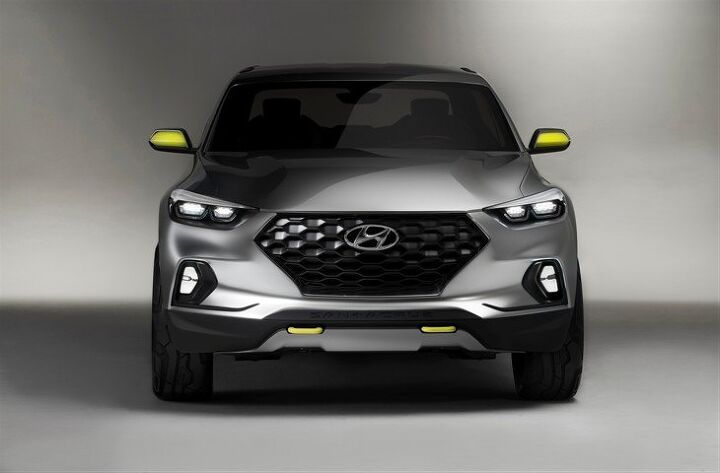






















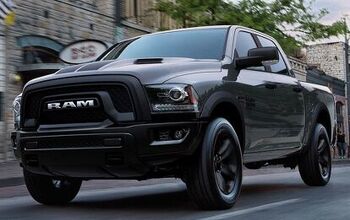
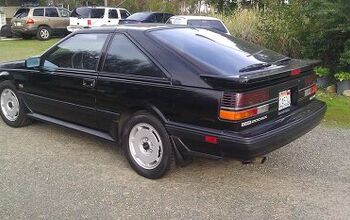

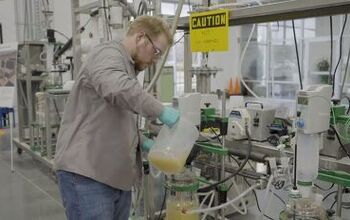










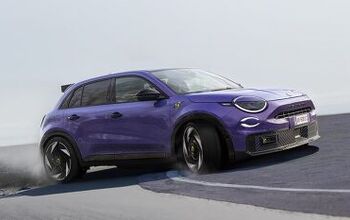

Comments
Join the conversation
@psarhjinian A question for everyone: why didn’t you buy a Baja, Sport-Trac or suchlike when they were new? Why didn’t most people? >>> I'm going to say because it didn't fit everyone's need and Subaru decided it wasn't cost effective to keep building it when the market was clearly headed toward SUVs (i.e. more profitable). That’s the issue this “car” faces: the market, in North America, for small pickup trucks is so small as to be unprofitable for all save Toyota. Of that “small truck” market, even fewer buyers are going to be a truck equipped with a unibody frame and a transaxle. And of those that would, they’d just as well get a CUV instead. >>> That's not necessarily true, small cars can be profitable (look at the Mini, VW Beetle, Fiesta, Fit, etc. it just needs to be mainstream and stylish enough to appeal to a wide audience. This is definitely a niche market vehicle (to start out) but if Hyundai can be innovative and keep it fresh it can be successful. There is a growing demand for these by aging baby boomers who are downsizing their homes and lifestyles. That is one reason I question Hyundai's target millennial audience. Honda tried this with the Ridgeline and it didn’t work. Subaru tried it with the Baja and it didn’t work. Heck, Ford and GM tried it with the Ranchero and El Camino and even then it barely worked, despite their huge marketshares. About the only thing that works are new Tacomas and used Rangers. >>> The Ridgeline was largely unsuccessfully for several reasons, most pickup owners are very brand loyal (ask Toyota). Also the Ridgeline while unique was too quirky to appeal to a mainstream audience. Lastly, it doesn't offer a high value proposition compared with the competition. And, frankly, F150s on steep discount. >>> Exactly, thanks to decades old Chicken Tax and extremely high profits Ford they can afford to discount in order to maintain market share while still maintaining healthy per unit profits. Pickups for decades have enjoyed disproportionate profitability thanks to lower manufacturing and development costs, reduced emissions and crash worthiness standards (compared with cars) that even the least equipt model can still be very profitable, imagine what they rake in on +$60K versions... Stop trying to make car-based trucks happen. It won’t happen. >>> You're deluding yourself if you believe that, CUVs have recently overtaken mid-size cars in sales. Small pickups like this are a natural extension of this. These are not competing with full size trucks for obvious reasons, they are a "lifestyle" vehicle for ppl who don't want or need anything more. If they are designed right and built well and have a large dealer body to support them there is no reason they can't be successful. Regarding your other statements about the AMC Eagle "... it was a four-wheel-drive car with a lift kit." Perhaps the concept was ahead of it's time and not really ready for prime time but it was never designed to compete with body on frame SUVs of the time. The closest example of it does exist today and very successfully... the Subaru Outback. Just look at last years sales numbers. Lastly, your comment on the El Camino: "Heck, Ford and GM tried it with the Ranchero and El Camino and even then it barely worked, despite their huge marketshares." >>> The El Camino was built off and on between 1959–1960 and 1964–1987. That said, for most of it's time it was highly successful but never meant to compete with traditional pickups. Like this Hyundai Santa Cruz it was a lifestyle vehicle designed to offer something few others did. I've known several ppl who owned these and loved them and none ever regretted or thought it was a pickup truck replacement. The Santa Cruz can work if Hyundai wants it to and even if it only available for a 6-10 years that is not necessarily a sign of failure. Look at the Ford GT, Acura TSX, Subaru Baja and Ford Sport-Trac these were all cars that were successful for their time and when times, styles and tastes changed ppl migrated to something else. If companies stop taking chances and just keep producing the same or similar models you would be complaining about that. Just like ppl do with their jobs and careers, very few ppl stick around for more than 7-10 years anymore... the same is mostly true for cars.
"Yes, this is my truck. No, I will not help you move."